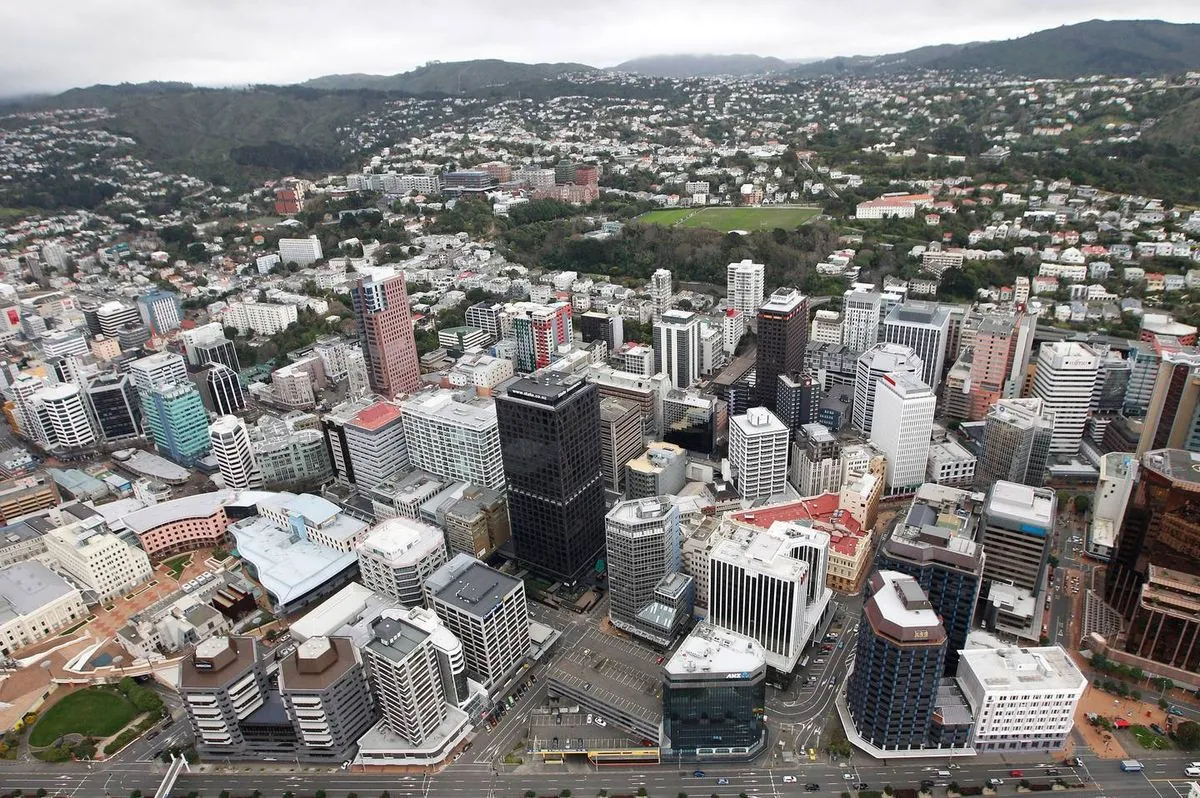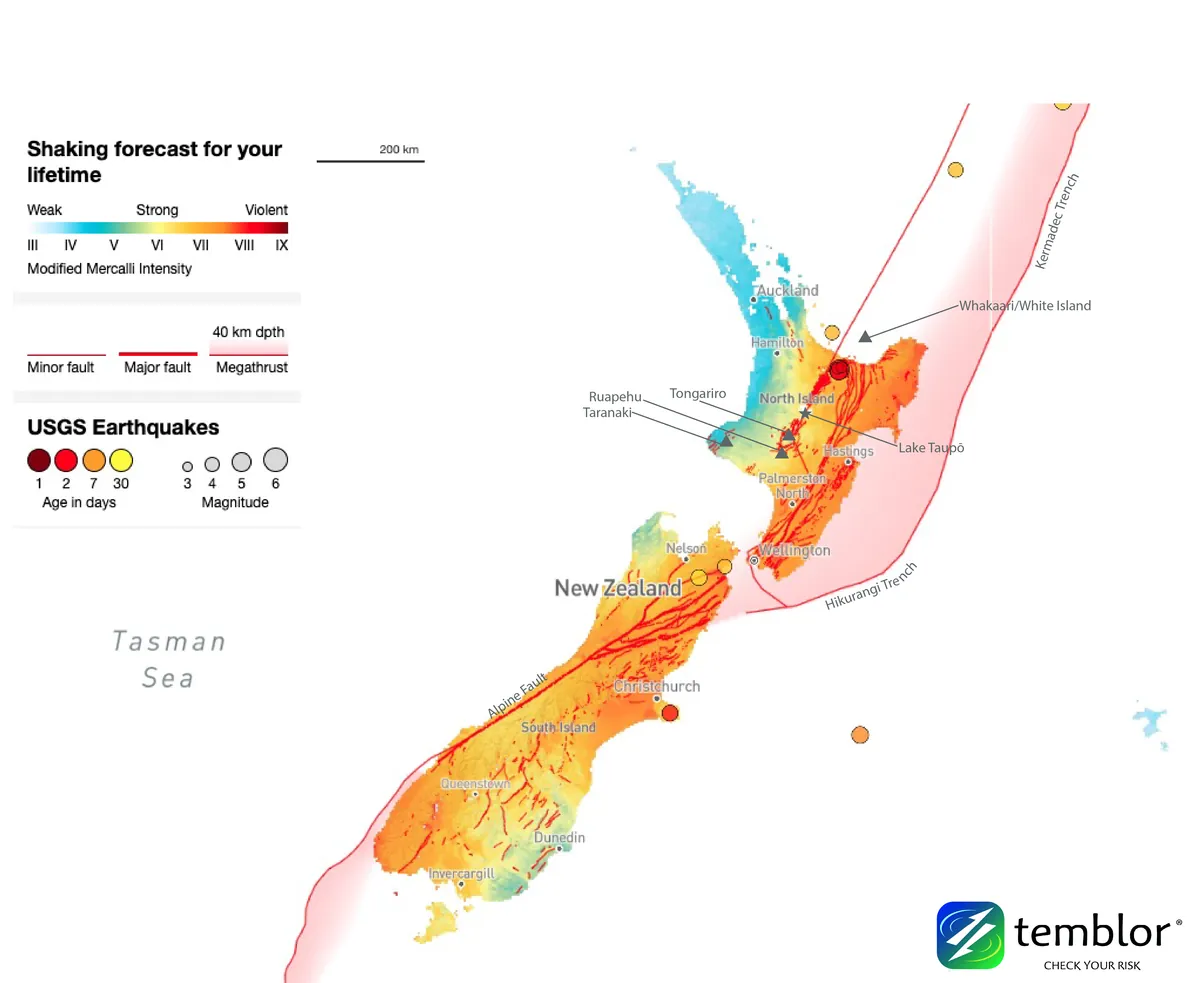Moderate Earthquake Shakes Wellington, No Damage Reported
A 5.7 magnitude earthquake struck near Wellington, New Zealand, with no initial reports of injuries or significant damage. Over 37,000 people felt the tremor across the North Island.

On October 8, 2023, a moderate earthquake shook the area near Wellington, New Zealand's capital city. The seismic event, measuring 5.7 on the Richter scale, occurred at 5:08 a.m. local time, as reported by GeoNet, the country's official geological hazard information source.
The epicenter was located 25 kilometers west of Wellington, with a focal depth of 30 kilometers. This depth classifies the earthquake as relatively shallow, which typically results in more noticeable surface effects. Shallow earthquakes, defined as those occurring less than 70 kilometers deep, often cause more significant ground shaking than deeper seismic events.
GeoNet reported that over 37,000 individuals experienced the tremor, with some reports coming from as far north as Auckland on the North Island. This widespread detection is not unusual, given that New Zealand experiences more than 15,000 earthquakes annually, though only about 150 are typically felt by residents.

Despite the earthquake's moderate intensity, initial reports indicated no injuries or significant damage. A spokesperson for Fire and Emergency New Zealand confirmed that no calls for assistance were received in the immediate aftermath. Similarly, Radio New Zealand reported no accounts of notable destruction or harm to individuals.
New Zealand's location on the Pacific Ring of Fire, which accounts for approximately 90% of the world's earthquakes, makes it particularly susceptible to seismic activity. Wellington itself is constructed on several active fault lines, including the Wellington Fault, necessitating robust building codes to ensure structures can withstand seismic events.
The country's preparedness for earthquakes extends beyond construction standards. New Zealand conducts regular earthquake drills, including the national "ShakeOut" exercise, to maintain public readiness. Additionally, the nation employs a network of seismographs to detect and measure earthquakes, and is developing earthquake early warning systems to provide crucial seconds of advance notice.
While this recent event was moderate, New Zealand has experienced more severe earthquakes in its history. The largest recorded was the 8.2 Wairarapa earthquake in 1855, and more recently, the 2011 Christchurch earthquake caused significant damage and resulted in 185 fatalities.
It's worth noting that aftershocks are common following significant earthquakes and can persist for days or weeks. Residents in the affected areas should remain vigilant and prepared for potential subsequent tremors.
The geological activity that causes earthquakes in New Zealand also contributes to the country's numerous hot springs and geothermal areas, showcasing the dynamic nature of the region's geology.
As the situation develops, authorities will continue to monitor seismic activity and assess any potential impacts. The Earthquake Commission, which provides natural disaster insurance to residential property owners, stands ready to assist if necessary.
This event serves as a reminder of the importance of earthquake preparedness in seismically active regions like New Zealand. While the country's infrastructure and response systems have proven robust in this instance, ongoing vigilance and readiness remain crucial for public safety.


































